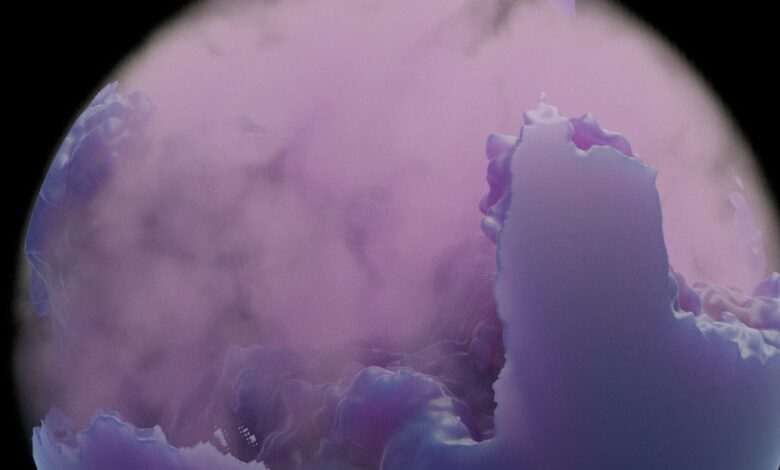Astronomers discover “super fluffy” exoplanet with cotton candy-like density

Serving tech enthusiasts for over 25 years.
TechSpot means tech analysis and advice you can trust.
Sweet: Astronomers led by a team at MIT have discovered a gas giant in our own galaxy that’s unlike anything observed to date. The new planet, named WASP-193b (WASP being short for the Wide Angle Search for Planets consortium), is located more than 1,200 light years from Earth in the Milky Way galaxy. The planet completes an orbit around its host star every 6.25 days but what makes it a true outlier is its size and mass.
WASP-193b is roughly 50 percent bigger than nearby gas giant Jupiter, but its mass is calculated to be just 0.14 that of Jupiter. What’s more, the planet’s density is estimated to be about 0.059 grams per cubic centimeter. For comparison, Jupiter is closer to 1.33 grams per cubic centimeter and Earth is 5.51 grams per cubic centimeter.
Astronomers said the planet’s density is comparable to cotton candy, which measures around 0.05 grams per cubic centimeter.
WASP-193b slots into a category of planets known as puffy Jupiters, and is the second-lightest planet to date behind the Neptune-like Kepler 51d. Among the 5,400+ planets discovered to date, it is certainly an oddball.

Francisco Pozuelos, a senior researcher at the Institute of Astrophysics of Andalucia, in Spain, and co-lead author on a paper about the discovery, said they cannot explain how the planet was formed based on classical evolution models.
The team believes the gas giant is largely comprised of helium and hydrogen, which forms a massive atmosphere that stretches tens of thousands of kilometers further out than Jupiter’s atmosphere. A closer look at the planet’s atmosphere should yield additional clues that could help narrow down its evolutionary path, and they may get their chance.
The astronomers believe WASP-193b is an ideal target for the James Webb Space Telescope, the cutting-edge space observatory that started returning science data in mid-2022.
The team’s research has been published in the journal Nature in a paper titled, An extended low-density atmosphere around the Jupiter-sized planet WASP-192b.
Image credit: Daniel Menakhovsky, Rose Foos


